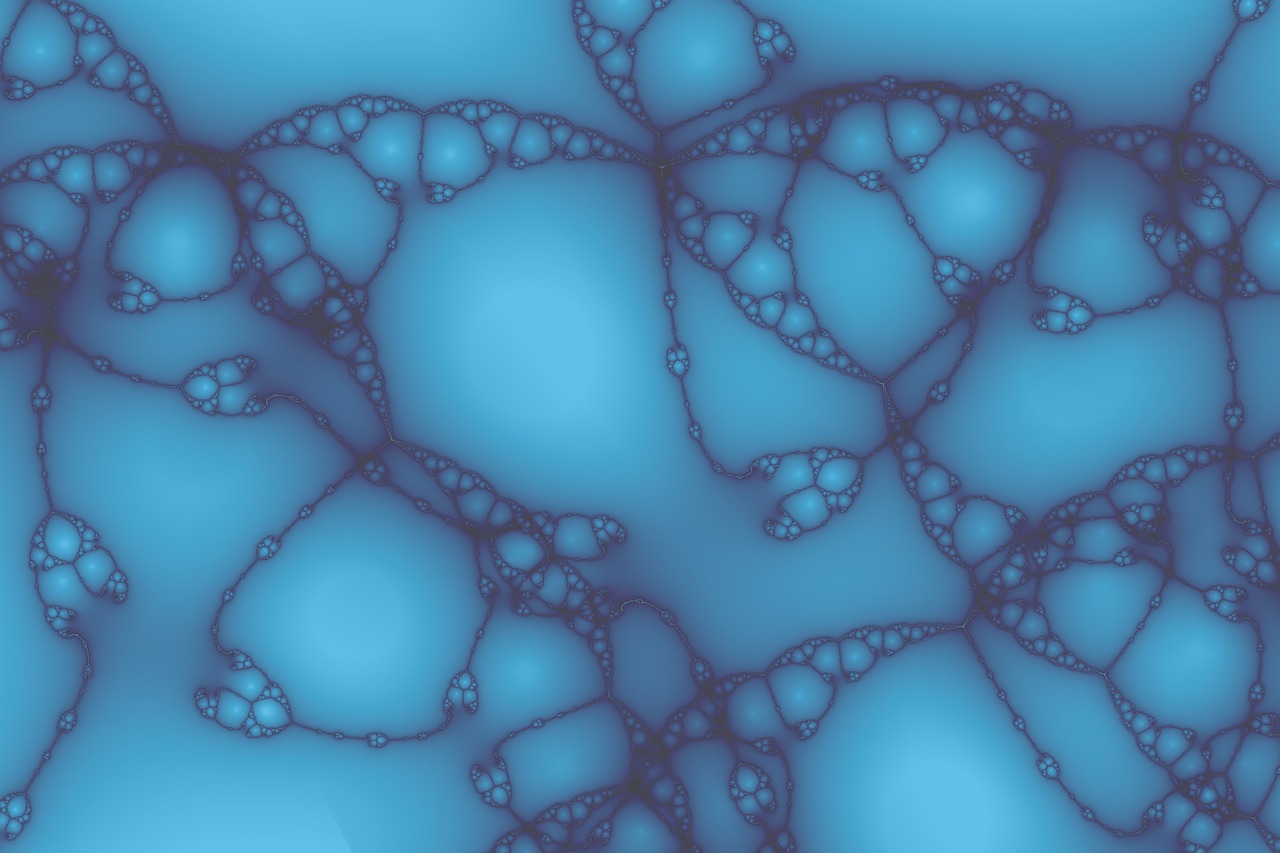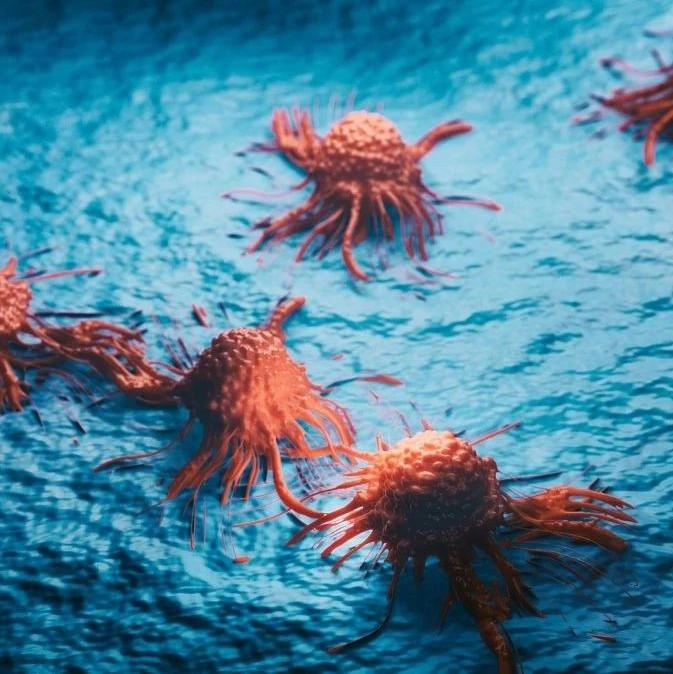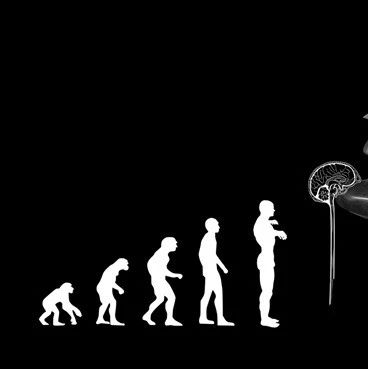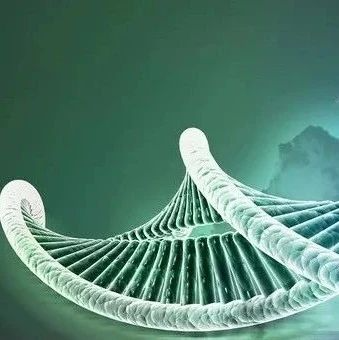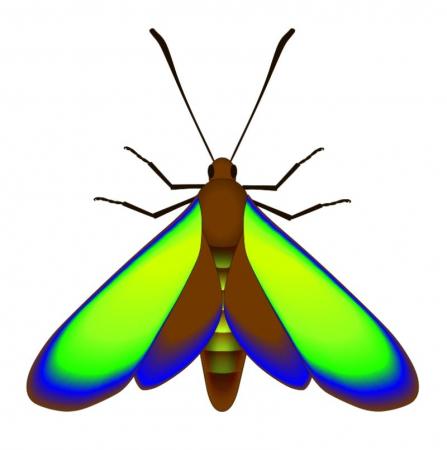
还原47,000,000年前蛾化石的原来颜色
自然界中最明亮的色调往往都是以微观模式存在,比如说羽毛、鳞片等,而非色素。这些所谓的“结构色彩”分布十分广泛,它赋予猫眼石以光芒,赋予部分人类以蓝眼睛,赋予雄孔雀以五彩斑斓的羽毛。许多动物都使用这种类型的色彩进行沟通,特别是蝴蝶和蛾(鳞翅类),它们最大范围地诠释了结构色彩——从宣扬它们的毒性到挑选最好的伴侣。尽管结构色彩在鳞翅类动物生命中如此重要,但是我们之前对于它们是如何发展出这种重要的社交信号却知之甚少。
现在,11月15号发表在PLoS生物学上的一篇文章——来自耶鲁大学的古生物学家Maria McNamara和他的同事通过重整47,000,000年前的飞蛾化石,带领我们走近结构色彩的起源。
这是第一次在飞蛾化石中找到结构色彩存在的证据。这个飞蛾化石是在德国梅塞尔油页岩中发现的,而这个地方向来以保存完好精致的化石闻名。
尽管飞蛾化石原来的颜色没能保存下来,但是由于产生色彩的微小模式被完整保存下来了,所以研究者们才得以还原飞蛾原来的颜色。“飞蛾将它们自己的颜色保存在层层叠叠的鳞纹翅中,这些层形成了化石的多层反射,而这通常会产生因观察角度不同而产生不同的颜色的效果。但是飞蛾化石的其他部分却竭力抑制这种效果的产生,努力地产生出相对温和的颜色。基本上,飞蛾们是想无论从哪个角度观察都是一样的颜色——因为它们不需要浮华的彩虹色。” McNamara说。
今天看来,古老的飞蛾前翼大多是蓝色的。我们猜测,这很可能是由于在飞蛾石化的过程中外层的某些物质发生了化学变化。研究者们通过对鳞纹翅的超显微结构进行数学分析来还原飞蛾原来的颜色,他们发现,当飞蛾还活着的时候翅膀实际上是黄绿色的。说明飞蛾早在47,000,000年前就已经演化出不被敌人一眼看出的战略了。
这些化石被认为与今天已经灭绝的一种forester moths有关,它们以花蜜为食。如果这些化石真的是forester moths,那么它们的黄绿色翅膀在觅食的时候就会非常显眼。科学家们认为,能在花丛中被一眼看出,可以解释为是对捕食者的一个警告。现在的forester moths能合成氰化物,使它们吃起来很难吃,而它们的祖先早就进化出这种能力了。
这些发现为研究forester moths是如何防止和躲避肉食动物的追杀带来了曙光。此外,蛾化石可以被重新还原颜色也为日后研究蝴蝶和蛾类是如何通过各自的颜色来与同类或者捕食者进行沟通交流的开辟了一条新的道路。“重建古老动物的原始颜色让我们看到了能研究它们行为的美好前景,这些蛾化石还暗示我们,也许我们也可以将此方法用在原本并没有明显颜色的动物的化石上。” McNamara说。(生物探索译)
相关英文论文摘要:
Fossilized Biophotonic Nanostructures Reveal the Original Colors of 47-Million-Year-Old Moths
Structural colors are generated by scattering of light by variations in tissue nanostructure. They are widespread among animals and have been studied most extensively in butterflies and moths (Lepidoptera), which exhibit the widest diversity of photonic nanostructures, resultant colors, and visual effects of any extant organism. The evolution of structural coloration in lepidopterans, however, is poorly understood. Existing hypotheses based on phylogenetic and/or structural data are controversial and do not incorporate data from fossils. Here we report the first example of structurally colored scales in fossil lepidopterans; specimens are from the 47-million-year-old Messel oil shale (Germany). The preserved colors are generated by a multilayer reflector comprised of a stack of perforated laminae in the scale lumen; differently colored scales differ in their ultrastructure. The original colors were altered during fossilization but are reconstructed based upon preserved ultrastructural detail. The dorsal surface of the forewings was a yellow-green color that probably served as a dual-purpose defensive signal, i.e. aposematic during feeding and cryptic at rest. This visual signal was enhanced by suppression of iridescence (change in hue with viewing angle) achieved via two separate optical mechanisms: extensive perforation, and concave distortion, of the multilayer reflector. The fossils provide the first evidence, to our knowledge, for the function of structural color in fossils and demonstrate the feasibility of reconstructing color in non-metallic lepidopteran fossils. Plastic scale developmental processes and complex optical mechanisms for interspecific signaling had clearly evolved in lepidopterans by the mid-Eocene.
英文论文链接:https://www.plosbiology.org/article/info%3Adoi%2F10.1371%2Fjournal.pbio.1001200


